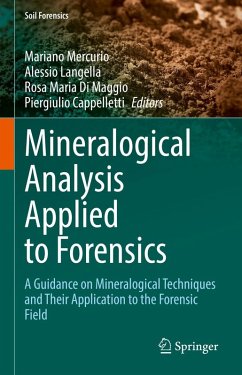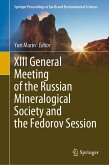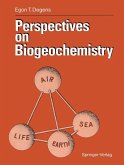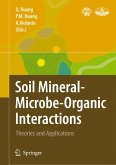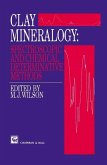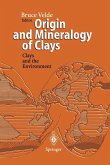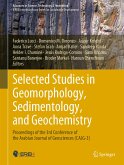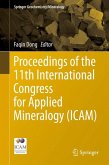This book illustrates the main modern mineralogical analytical procedures that can be applied for forensic purposes on various typologies of materials and substances and has both theoretical and practical approach. Moreover, it focuses on all those challenges that can arise with forensic analysis, such as the choice of the most proper mineralogical techniques as a function of the material and its quantity, destructive and non-destructive analyses, sampling procedures, mineralogical analysis of micro-traces, correct preparation of the samples, correct calibration and analytical conditions of the laboratory instrumentation. Numerous case studies on criminal offenses against persons, environment and Cultural Heritage are illustrated.
Dieser Download kann aus rechtlichen Gründen nur mit Rechnungsadresse in A, B, BG, CY, CZ, D, DK, EW, E, FIN, F, GR, HR, H, IRL, I, LT, L, LR, M, NL, PL, P, R, S, SLO, SK ausgeliefert werden.
Es gelten unsere Allgemeinen Geschäftsbedingungen: www.buecher.de/agb
Impressum
www.buecher.de ist ein Internetauftritt der buecher.de internetstores GmbH
Geschäftsführung: Monica Sawhney | Roland Kölbl | Günter Hilger
Sitz der Gesellschaft: Batheyer Straße 115 - 117, 58099 Hagen
Postanschrift: Bürgermeister-Wegele-Str. 12, 86167 Augsburg
Amtsgericht Hagen HRB 13257
Steuernummer: 321/5800/1497
USt-IdNr: DE450055826
Bitte wählen Sie Ihr Anliegen aus.
Rechnungen
Retourenschein anfordern
Bestellstatus
Storno

